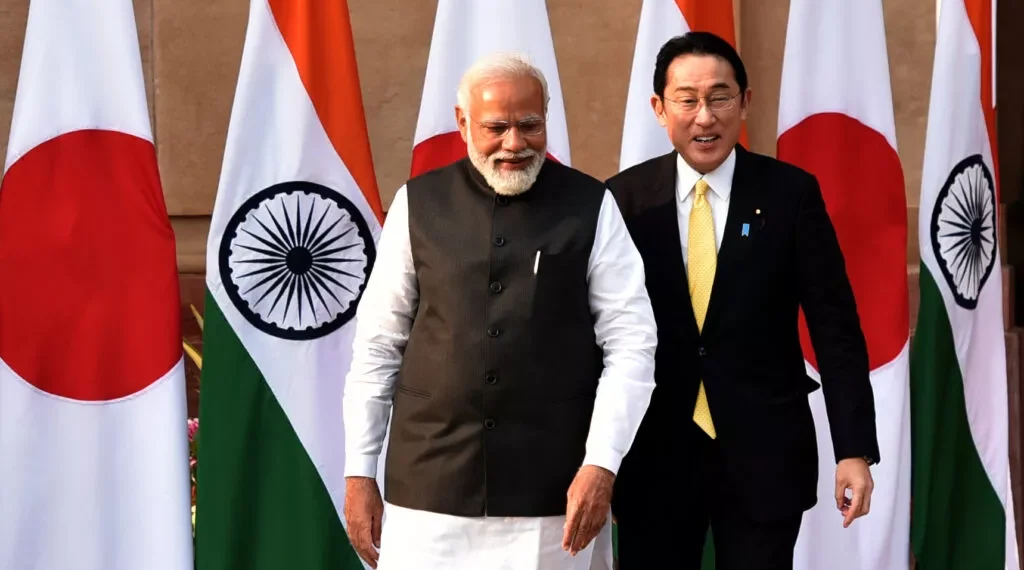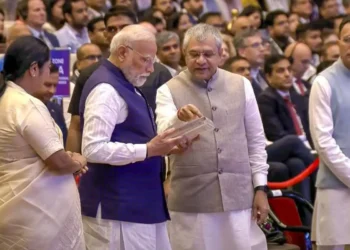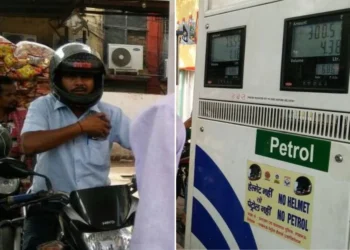Prime Minister Narendra Modi’s recent visit to Tokyo was a game-changer in the trajectory of India–Japan ties. The decision to upgrade their 2008 security pact is a testament not only to the enhanced bilateral defence cooperation but also to growing strategic convergence between the two nations in the face of securing peace in an evolving region as well as a shifting global order. Such a step goes beyond bilateral borders in securing peace, security, and prosperity in the Indo-Pacific relationship.
Taking a look at 2008 Security Pact
The 2008 security pact between India and Japan was a game-changer, opening up for expanded defence cooperation between the two democracies. It opened up for mutually harmonious naval exercises, defence dialogue, and intelligence sharing. However, the changing geopolitical landscape, involving growing South China Sea tensions, Chinese aggressive behavior worries, and the need for more robust supply chains, is pushing for greater depth in the framework.
Through this upgrade, both countries are evolving from partnership towards integral strategic partnership whereby security cooperation will branch out towards cooperation in tangible forms, sharing of technologies, and collaborative efforts which boost readiness in the Indo-pacific region.
Defence Co-op: A Shared Priorité
For India, Japan is a trustworthy ally in India’s search for regional stability and sea security. India’s participation in multilateral exercises such as Malabar with Japan, the US, and Australia is a pointer towards increased synergy. Increased collaboration in defence in such areas as joint research and developments in cutting-edge technologies, intelligence-sharing platforms, and interoperability for armed forces is in prospect.
For Japan, this alliance aligns within its emerging security framework. As regional tensions are growing, Japan itself has been reassessing its pacifism since the war and playing a more active role in upholding peace and stability. To have India as a partner nation with strong military prowess and a strategic footprint in the Indian Ocean bestows Tokyo with a strong partner in ensuring critical sea lanes while balancing regional equilibrium.
Technological and Economical Aspects
The collaboration is not restricted to defence alone. Another major theme in Tokyo prime-minister visits was collaboration in technology, as in semiconductors. When semiconductors are what energize everything from defence equipment to phones in today’s age, ensuring supplies and diversifying reliance on a single source is a prime requirement.
India’s growing digital economy, combined with Japan’s cutting-edge capabilities, holds the promise of mutually beneficial cooperation. Increasing semiconductor cooperation, in particular, will make the two nations strive to improve pandemic-style shocks-hit global resilience. These are some fields in which cooperation can be fostered, ensuring the tie remains abreast of shifting worldwide technology.
The Indo-Pacific Context
The Indo-Pacific is now at the very epicenter of worldwide strategic interest with great-power competition holding its future in its grasp. Both Japan and India are equally interested in having freedom of navigation, respect for international law, and opposition to coercion. Their collaboration thus is not only bilateral but also accentuates regional balances.
The upgrading of the security alliance is an indication of India and Japan taking greater responsibility for peace and stability. Their consensus is supplemented by support for such informal groups as the Quad, where collaboration in defence, technology, and infrastructure is already picking up momentum.
Worldwide Recognition and Autonomous Strategy
It also raises the global stature of both countries. For India, deeper ties with Japan reinforce its standing as an emerging power in the Indo-Pacific order and extend its policy of multi-alignment. To Japan, its rapprochement with India further adds to its standing as an active campaigner for peace worldwide while further extending its security ties beyond its historical allies in a classic sense.
Conclusion
PM Modi’s Tokyo visit once again proved that bilateral cooperation between Japan and India is entering a fresh phase of maturity and depth. Both countries upgrading their 2008 security pact signaled intent for defence cooperation as well as cooperation in technology as well as economic security. It is not just about countering Indo-Pacific threats but about developing an international order which is stable as well as constructed on international norms. The enhanced partnership is an example of how democracies can unite in safeguarding common values, encouraging innovation, and ensuring international stability. The enhanced partnership is bound to make a major contribution in shaping the contours of the 21st century in such a way that security, prosperity, and peace are dominant principles for the Indo-Pacific region and beyond.








